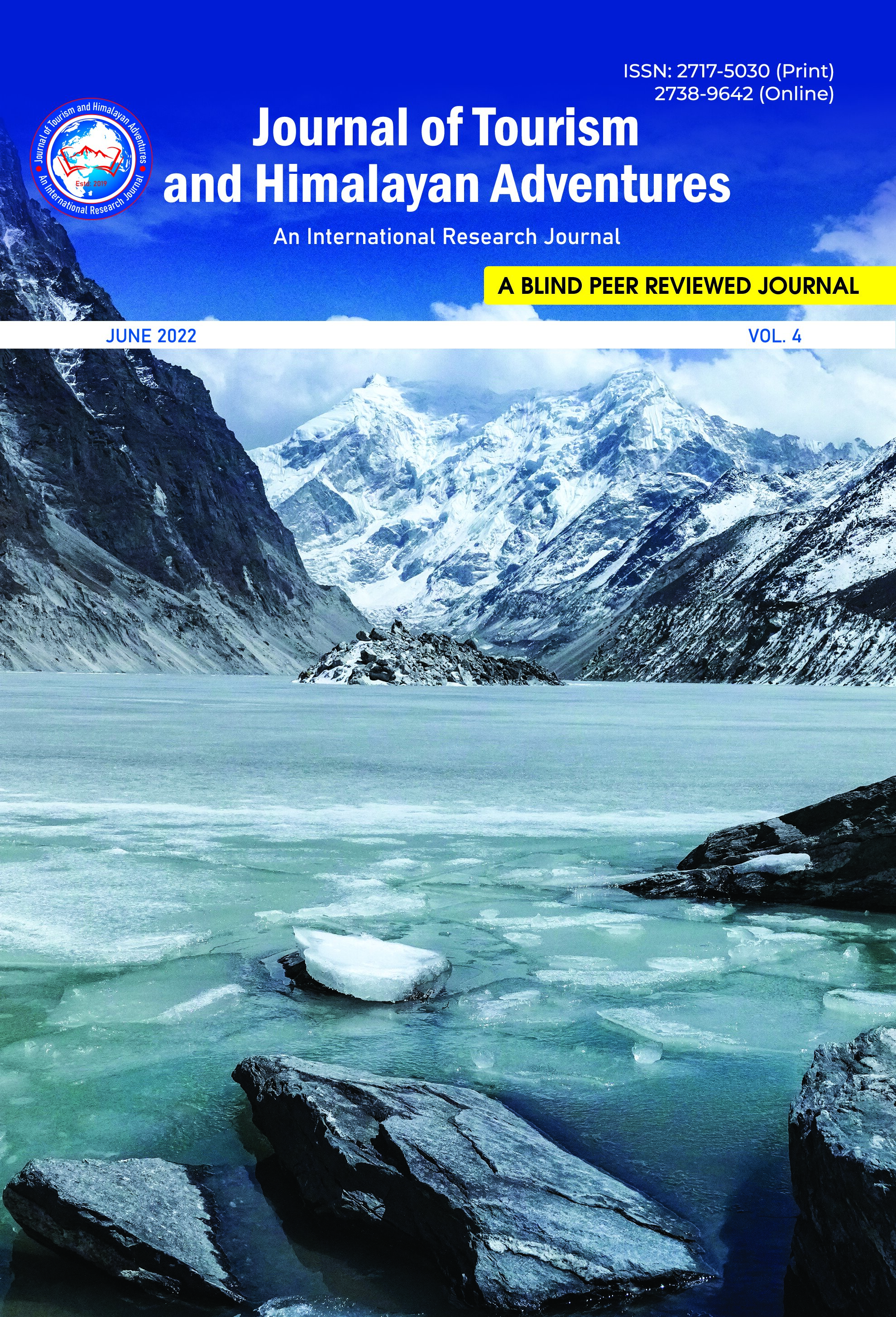Sensitivity of High-altitude Sickness and Death with Meteorological Variables: A Case Study of Khumbu Everest Region in Nepal
DOI:
https://doi.org/10.3126/jtha.v4i1.46310Keywords:
High altitude sickness, sensitivity, percentile and index, Everest, KhumbuAbstract
Many people travel to high altitudes for different purposes, mainly for trekking and expeditions. They may experience high altitude sickness and harsh weather conditions. Therefore, information on weather conditions before any travel is crucial for safety. Altitude sickness normally starts from the elevation above 3500 m. This study explores inter relationships between meteorological parameters and altitude sickness in the Khumbu Everest region and provides information about meteorological conditions during the high deaths. Percentiles and index basis criteria were used to evaluate sensitivity of death cases to meteorological variables. Atmospheric pressure, wind speed and minimum temperature recorded at the nighttime were more sensitive to deaths by high altitude sickness compared to precipitation, maximum temperature, wind speed, relative humidity, and sunshine duration.




